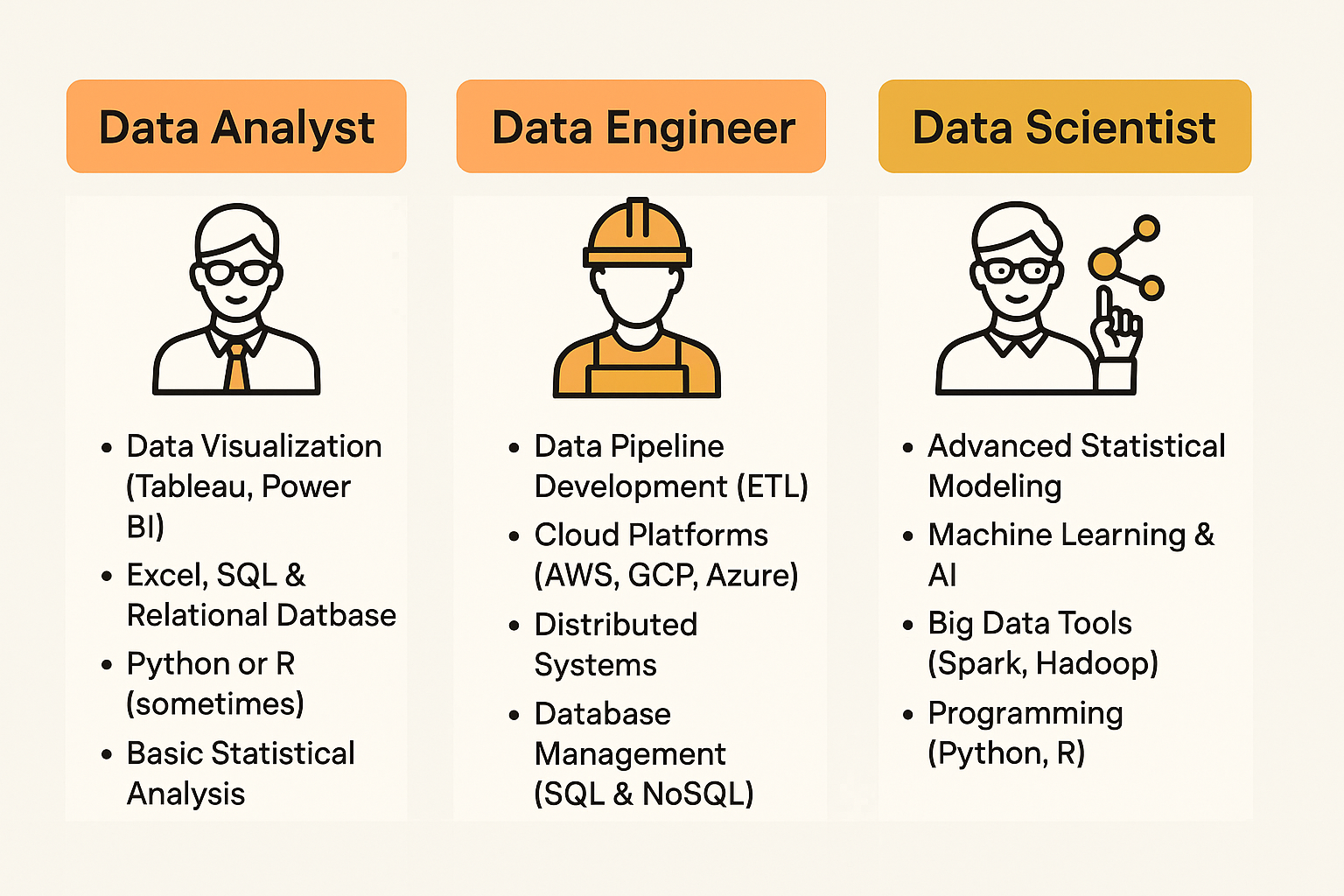
The Evolution of Data Roles: Analyst, Scientist, and Engineer (Why You Might be All Three)
In the rapidly expanding universe of data, job titles have evolved just as quickly as the technologies that support them. Once upon a time, "data person" was sufficient. Today, however, we distinguish between Data Analysts, Data Scientists, and Data Engineers — each role with its focus, skill set, and value proposition. Although their prefixes remain the same, “Data,” they are distinct.
As the lines blur and industries demand more agile skillsets, it’s increasingly likely that you may wear all three hats at once.
Enterprises have switched to hiring hybrid data professionals who wear multiple hats. You might be trained as a data analyst, but along the way, you learn key skills to empower predictive and prescriptive analytics, build complex models and architecture, apply ML tools to find hidden patterns, manage cloud storage systems, and run data visualization tools like Power BI.

Although you may have mastered specialization in a particular data role, understanding all available roles will only help further your career.
Data Analyst vs. Data Scientist vs. Data Engineer
During the rise of the internet in the 2000s, businesses began collecting vast amounts of digital data. Analysts were hired to extract and analyze data.
When Big Data emerged around 2010, data engineers became crucial in handling storage and pipelines. In the late 2010s and 2020s, when Machine Learning (ML) experienced significant growth, scientists became data rockstars.
Data Analyst: The Storyteller of Spreadsheets
Data analysts interpret data to find trends and insights. Simply put, they examine available data to identify patterns and find answers.
Analysts transform raw numbers into clear, understandable charts, dashboards, and reports that guide business decisions. Think of them as detectives who ask, “What happened?” or ‘Why did this happen?”

A data analyst typically holds a junior-level position in a data analytics team, translating numeric data into a format that others in the organization can easily understand. Additionally, they should be proficient in several key areas, including the use of programming languages such as Python, the application of analysis tools like Excel, and the utilization of visualization tools like Power BI, as well as a basic understanding of data handling, reporting, and modeling. As they gain more experience, they can move up to become a data engineer or a data scientist.
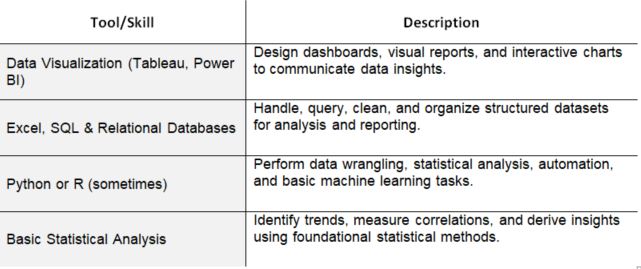
Data Scientist: The Predictor of Possibilities
Data Scientists build complex models and algorithms to predict future behavior, apply machine learning to automate tasks and find hidden patterns in both structured and unstructured data. Generally, they answer the questions, “What will happen?” or “What should we do next?”
In particular, Data scientists at Spotify might develop a recommendation engine that learns your music taste and suggests your next favorite song.

Data Engineer: The Architect Behind the Curtain
Data Engineers are the intermediaries between analysts and modelers, responsible for preparing data for operational or analytical purposes. They design, build, and maintain the infrastructure that stores and moves data.
They build systems that collect, clean, and organize data, allowing others to utilize it effectively. They ensure the “pipes” that deliver data are working: setting up systems that collect user data from a mobile app and store it securely for future use or reference.
A Data Engineer at Netflix might build a pipeline that collects viewing data in real time and sends it to analysts and scientists.
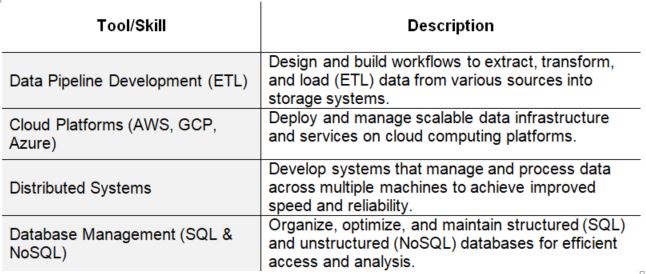
The Rise of the “Full-Stack Data Professional”
A decade ago, these jobs were siloed. Today, most enterprises seek hybrid experts because these roles are often multifaceted, encompassing tasks such as data analysis, trend prediction, and pipeline development.
Startups and smaller companies, in particular, value versatility. The more you can move across these roles, the more indispensable you become.
With the emergence of advanced AI and data analytics tools such as drag-and-drop dashboards (AutoML) and simplified machine learning, advanced analytics are becoming easier and more cost-efficient, requiring minimal human input.

Additionally, cloud platforms like AWS and Google Cloud enable individuals to take on multiple roles, thereby democratizing access to big data.
A Real Example of a Full-Stack Data Professional
Alex, a well-known marketing analyst, provides guidance on becoming a data analyst on his YouTube channel. He queries customer data (analyst), trains a churn-prediction model (scientist), and automates the pipeline (engineer), while also teaching newcomers in the data analytics space. He offers resources and content on various aspects, including data strategy, product-market fit, and marketing campaigns.
Why You Might Want to Be All Three
As data initiatives become more integrated into business strategy, companies are increasingly seeking "full-stack" data professionals. The modern data professional often:
- Extracts raw data (Engineer duties)
- Analyzes and cleans data (Analyst duties)
- Models and predicts outcomes (Scientist duties)
1. Get Hired Faster
Many companies desire a full-stack data professional. In fact, U.S. job boards show that:
- Roles labeled “Data Analyst” often ask for machine learning skills.
- Jobs for “Data Engineers” may also ask for dashboard and reporting experience.
2. Earn More
Analysts at the entry-level start at $50,000 to $140,000 annually, with more experienced employees earning higher salaries.
Similarly, data scientists earn between $90,000 and $130,000 per year. However, in some cases, seasoned professionals even exceed the $200,000 annual earnings range.
Likewise, engineers often earn between $114,000 and $190,000 per year. Factors like experience, location, and employer can influence the specific salary; however, with higher experience, your pay range also increases.
Hybrid roles that blend two or three skills start with an annual package of $140k and can easily cross 200k if you have further skills, certification, and experience.
That’s a significant leap for learning just a few extra yet crucial tools.
3. Stay Relevant
Technology is constantly evolving, and so are the tech professionals who work with it. Knowing one tool or skill can prove to be a disadvantage in the long run, as jobs are increasingly being replaced by automation.
However, if you understand the entire data cycle, i.e., finding, cleaning, analyzing, and predicting, you become a problem-solver and may become indispensable.
How to Get Started
You do not need to master everything at once. Think of it like learning a new sport, where you start with the basics and progress to become an expert.
Step 1: Pick a Starting Point
- If you love numbers and patterns, you may start with analysis.
- If you enjoy puzzles and predictions, consider exploring the field of data science.
- Or, if you are into building systems and automating things, you can try data engineering.
Step 2: Learn One Skill at a Time
For example:
- Learn SQL to find data.
- Pick up a bit of Python or C.
- Try making a chart or dashboard.
- Later, you can try a simple machine-learning model.
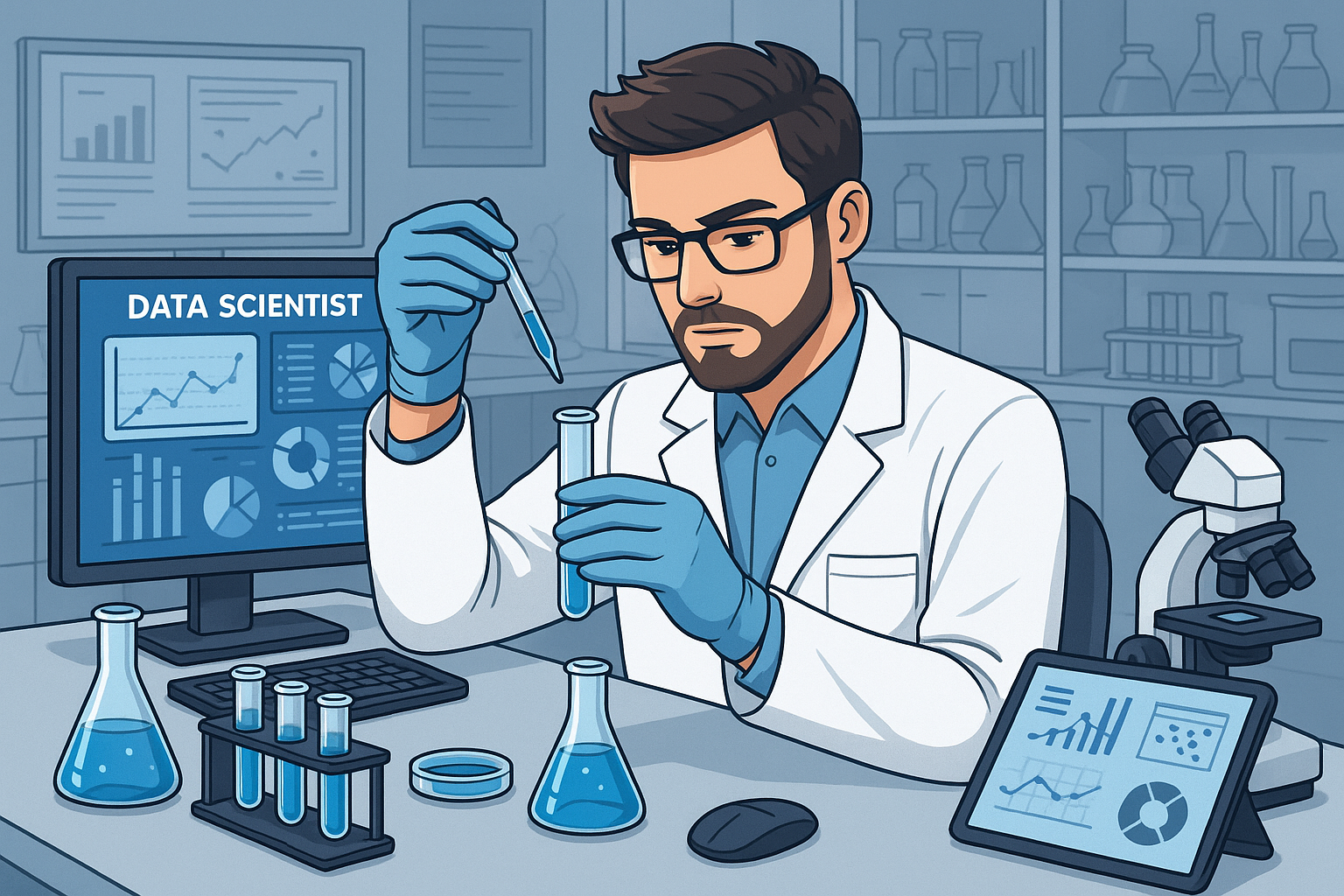
Step 3: Use Free and Easy Tools
There are lots of beginner-friendly resources:
- Google’s Data Analytics Certificate (free on Coursera).
- Kaggle for mini data science projects.
- Refer to YouTube channels like Alex the Analyst or Data School.
- Udemy courses on data engineering.
You do not need a college degree. Many professionals today are self-taught.
Closing Thoughts
Data roles are converging. Hybrid titles, such as "Analytics Engineer" and "Machine Learning Engineer," reflect this shift. Skills overlap, tools converge, and professionals are expected to navigate all aspects of the data lifecycle.
The evolution of data roles highlights a broader trend: specialization is valuable, but versatility ultimately prevails.
Whether you're an Analyst, Scientist, Engineer, or a hybrid of all three, mastering a blend of these skills will prepare you for the future of data-driven work.
Leave a comment with your thoughts or opinions.
Related Post
RECOMMENDED POSTS
RECOMMENDED TOPICS
TAGS
- artificial intelligence
- agentic ai
- ai
- machine learning
- deepseek
- llm
- data science
- ai/ml
- chatgpt
- growth engineering
- gpt
- openai
- ai development
- productivity
- data visualization
- data roles
- database management
- data engineer
- data scientist
- data analyst
- gcp
- sql query
- data isolation
- db expert
- database optimize
- customer expectation
- sales growth
- cloud management
- cloud storage
- cloud optimization
- aws
- open source
- climate change
- llm models
- leadership
- it development
- empathy
- static data
- dynamic data
- ai model
- xai
- qwenlm
- bpa
- automation
- healthcare
- modern medicine
- growth hacks
- test
- artificial intelligene
ABOUT
Stay ahead in the world of technology with Iowa4Tech.com! Explore the latest trends in AI, software development, cybersecurity, and emerging tech, along with expert insights and industry updates.
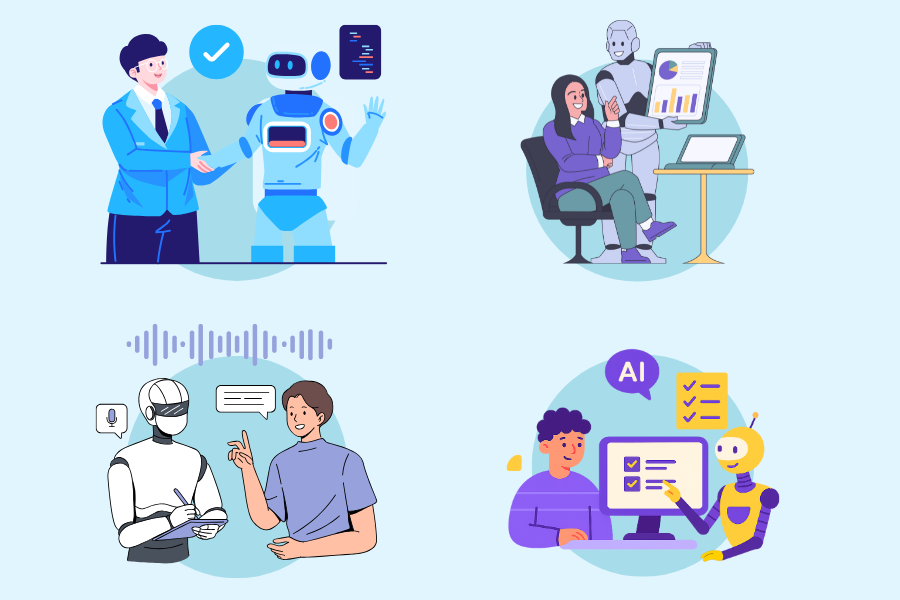
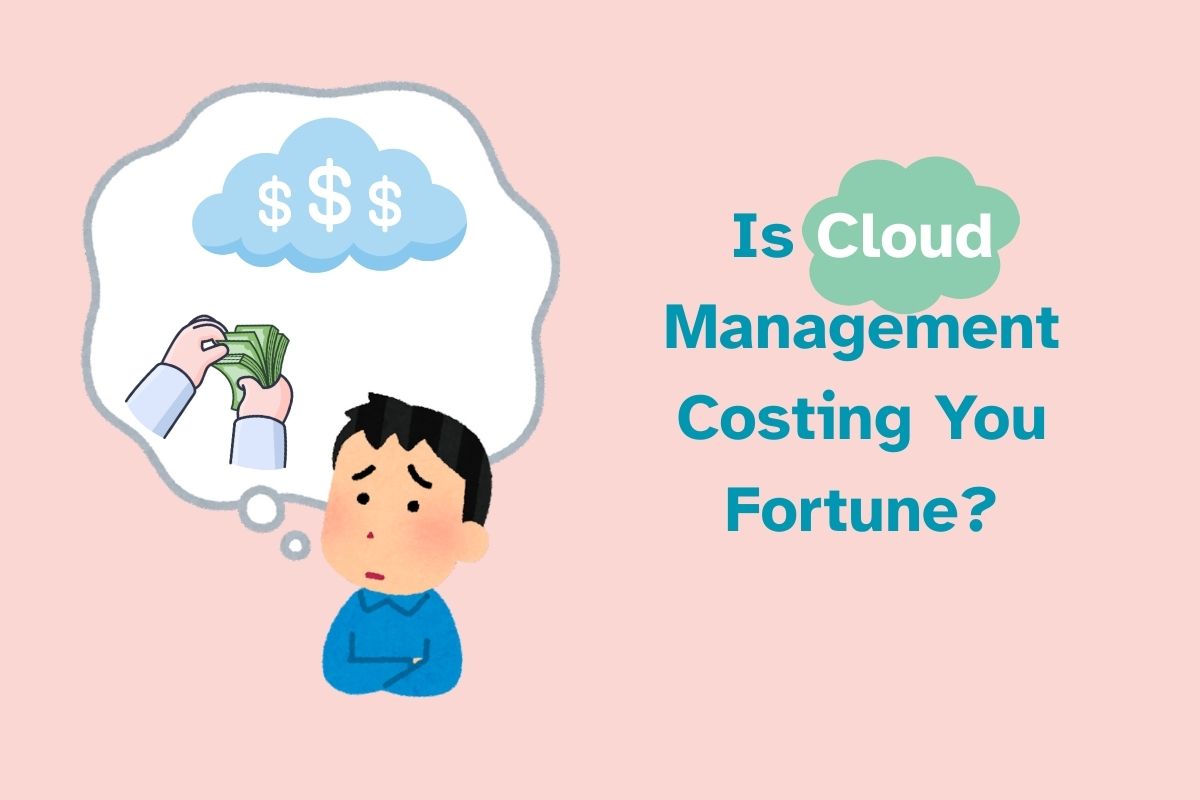

Comments(0)
Leave a Reply
Your email address will not be published. Required fields are marked *